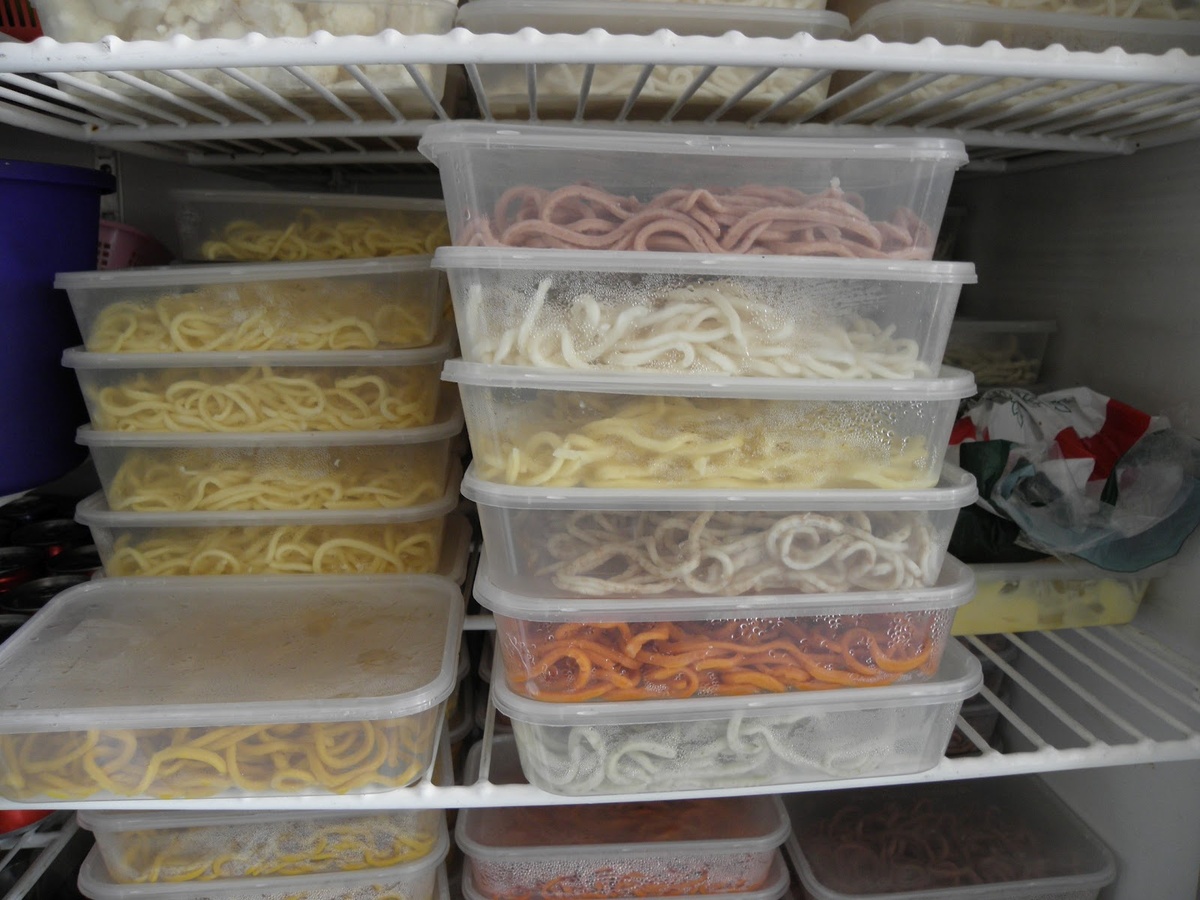

Articles
How To Store Noodles
Modified: January 9, 2024
Learn the best methods for storing noodles and keeping them fresh for longer with our informative articles.
(Many of the links in this article redirect to a specific reviewed product. Your purchase of these products through affiliate links helps to generate commission for Storables.com, at no extra cost. Learn more)
Introduction
Noodles are a popular and versatile food that can be enjoyed in a variety of dishes. Whether you’re a fan of fresh, dried, or instant noodles, proper storage is essential to keep them fresh and maintain their quality. Knowing how to store noodles correctly can help prevent them from becoming stale, losing their texture, or absorbing unwanted odors.
In this article, we will explore different types of noodles and the best ways to store them. We’ll discuss the importance of choosing the right storage containers, proper packaging techniques, and tips for extending the shelf life of your noodles. So, whether you’re a noodle lover or someone who enjoys having them as a pantry staple, read on to learn how to store noodles effectively and make the most of this delicious ingredient.
Key Takeaways:
- Proper storage is crucial for maintaining the freshness and quality of noodles, whether they are fresh, dried, or instant. Choosing the right containers, applying proper packaging techniques, and considering temperature and humidity are key factors in effective noodle storage.
- Freezing noodles can extend their shelf life, while proper handling and storage of cooked noodles in the refrigerator or freezer ensure they retain their taste and texture. Keeping noodles dry, avoiding moisture absorption, and promptly discarding spoiled noodles are essential for maximizing their shelf life and maintaining their deliciousness.
Read more: How To Store Rice Noodles
Types of Noodles
Noodles come in various forms, each with its own unique characteristics and storage requirements. Familiarizing yourself with the different types of noodles will help you understand how to store them properly. Here are three main categories of noodles:
Fresh Noodles
Fresh noodles are made with simple ingredients like flour, water, and sometimes eggs. They have a tender and delicate texture, and a shorter shelf life compared to their dried counterparts. Fresh noodles are typically found in the refrigerated section of grocery stores or at local noodle shops. These noodles should be consumed within a few days of purchase for the best taste and texture.
Dried Noodles
Dried noodles are made by removing the moisture from fresh noodles, which extends their shelf life considerably. They are convenient to store and have a longer shelf life than fresh noodles. Dried noodles are commonly used in dishes like stir-fries, soups, and noodle salads. You can find a variety of dried noodles in both Asian grocery stores and mainstream supermarkets.
Instant Noodles
Instant noodles have gained widespread popularity due to their convenience and quick preparation. These noodles are pre-cooked, dehydrated, and packaged with flavorings in single-serve packets. Although instant noodles have a longer shelf life, they still require proper storage to maintain their quality. Instant noodles are a go-to option for a quick meal or when you need a snack on the go.
When it comes to storing different types of noodles, the storage method may vary depending on their freshness and how they are packaged. In the next section, we’ll delve into choosing the right storage containers for your noodles.
Read more: How To Store Leftover Noodles
Choosing the Right Storage Container
Proper storage containers play a crucial role in preserving the freshness, texture, and flavor of your noodles. Here are three common types of containers that are suitable for storing noodles:
Airtight Containers
Airtight containers are an excellent option for storing both fresh and dried noodles. These containers prevent air and moisture from getting in, which helps prevent the noodles from becoming stale or absorbing unwanted odors. Choose containers with a tight-fitting lid to ensure a proper seal. Plastic or glass containers with a silicone gasket are ideal for maintaining an airtight environment.
Ziplock Bags
Ziplock bags are a convenient and space-saving option for storing noodles, especially dried noodles. Make sure to select sturdy, food-grade bags that provide a reliable airtight seal. Remove as much air as possible from the bag before sealing it. You can use a straw to suck out the excess air if needed. Label the bags with the date of storage to keep track of their freshness.
Glass Jars
Glass jars are another viable option for storing dried noodles. They provide airtight storage and allow you to see the contents clearly. Choose jars with tight-fitting lids or opt for canning jars that come with a rubber gasket for an extra secure seal. Glass jars are not recommended for storing fresh noodles as they are more prone to moisture and can result in the noodles becoming mushy.
When selecting a storage container, consider the quantity of noodles you plan to store, the level of convenience you desire, and the type of noodles you have. Now that you have chosen the ideal container for your noodles, let’s move on to discuss the proper packaging techniques for different types of noodles.
Read more: How To Store Pool Noodles
Proper Packaging for Noodles
Proper packaging is key to maintaining the quality and freshness of your noodles. The way you package your noodles will depend on their type, whether they are fresh, dried, or instant noodles. Here are some guidelines for packaging each type:
Sealing Fresh Noodles
When it comes to fresh noodles, it’s best to consume them within a few days of purchase for optimal taste and texture. If you have leftover fresh noodles that you want to store, ensure they are completely cooled before packaging. Place them in an airtight container or a resealable plastic bag. Make sure to press out as much air as possible before sealing to prevent the noodles from drying out.
Packaging Dried Noodles
Dried noodles are more durable and have a longer shelf life than fresh noodles. When packaging dried noodles, transfer them into an airtight container, a ziplock bag, or the original packaging if it’s resealable. It’s important to keep them completely dry and away from moisture to maintain their texture. Label the package with the date of storage to keep track of their freshness.
Handling Instant Noodles
Instant noodles come pre-packaged with flavoring and require minimal effort to prepare. To store instant noodles, keep them in their original packaging until you’re ready to cook them. If the original packaging is not resealable, transfer the noodles to an airtight container or a ziplock bag for better preservation. Ensure that the seasoning packets are stored separately to prevent them from affecting the noodles’ texture.
Regardless of the type of noodles you are packaging, it’s important to remember to handle them with clean hands or utensils to avoid contamination. Additionally, storing noodles in the appropriate packaging will prolong their shelf life and preserve their quality. In the next section, we’ll explore the best storage methods for keeping noodles in the pantry.
Read more: How To Store Spaghetti Noodles
Storing Noodles in the Pantry
The pantry is a common storage area for many dry goods, including noodles. However, there are a few important considerations to keep in mind when storing noodles in the pantry:
Temperature and Humidity Considerations
Noodles are best stored in a cool, dry place to maintain their quality. Excessive heat and humidity can cause them to absorb moisture, leading to a loss of texture and potential spoilage. Avoid storing noodles near the stove, oven, or any other heat source. Instead, choose a cool area away from direct sunlight and sources of moisture, such as the sink or dishwasher.
Shelf Life of Different Noodle Types
The shelf life of noodles can vary depending on their type. Here are some general guidelines:
– Fresh noodles have the shortest shelf life and should be consumed within a few days of purchase. If storing them in the pantry, it’s best to keep them in an airtight container to prevent moisture absorption.
– Dried noodles have a longer shelf life and can be stored in the pantry for several months or even up to a year, depending on the manufacturer’s recommendations. Always check the expiration or best-by date on the packaging and consume them before that date.
– Instant noodles, with their dehydrated nature, have a longer shelf life compared to fresh and even some dried noodles. Typically, they can be stored in the pantry for several months or even longer. Check the expiry date on the packaging and consume them before that date for optimal flavor and quality.
Remember to regularly check and rotate your noodle stock, using the oldest noodles first to ensure you maintain freshness and avoid any potential spoilage.
While storing noodles in the pantry is a common practice, it’s worth noting that some types of noodles, particularly fresh noodles, may benefit from refrigeration or freezing for extended storage. In the next sections, we will explore the best practices for freezing noodles and storing cooked noodles.
Freezing Noodles
Freezing noodles is a great option if you want to extend their shelf life and have them readily available for future use. Both fresh and cooked noodles can be frozen, although the preparation methods may vary. Here’s how to freeze noodles effectively:
Read more: How To Store Egg Noodles
Preparing Noodles for Freezing
- Fresh Noodles: If you have fresh noodles that you want to freeze, it’s crucial to blanch them first. Blanching involves briefly boiling the noodles and then cooling them in ice water to stop the cooking process. This helps preserve the texture of the noodles. After blanching, drain the noodles thoroughly and toss them with a small amount of oil to prevent sticking. Divide them into portion-sized quantities based on your preferences.
- Cooked Noodles: If you have leftovers from a noodle dish or simply want to prepare a larger batch of noodles in advance, you can freeze cooked noodles. Ensure that the noodles are fully cooked but slightly undercooked, as they will continue to soften during the freezing and reheating process. Drain the noodles and toss them with a little oil to prevent clumping. Similar to fresh noodles, divide them into portion-sized quantities for easier use.
Freezer Storage Tips
Once you have prepared your noodles for freezing, here are some tips for storing them in the freezer:
– Use freezer-safe containers or resealable freezer bags to prevent freezer burn and maintain the quality of the noodles.
– Flatten the bags of noodles before sealing to allow for easier storage and faster thawing.
– Label the containers or bags with the type of noodles, date of freezing, and any other relevant information.
– Store the noodles in the coldest part of the freezer to maintain their quality.
– Keep a regular inventory of your frozen noodles and try to use them within a few months for best results.
Freezing noodles not only extends their shelf life but also allows for convenient meal planning and preparation. Whether you freeze fresh or cooked noodles, make sure to follow these guidelines to ensure the best quality when thawing and reheating them later.
In the next section, we will explore the options for storing cooked noodles, whether in the refrigerator or freezer.
Storing Cooked Noodles
If you have cooked noodles leftover from a meal or want to prepare a larger batch in advance, proper storage is essential to maintain their texture and flavor. Here are two methods for storing cooked noodles:
Refrigeration Method
If you plan to consume the cooked noodles within a few days, refrigeration is the most convenient option. Follow these steps to store cooked noodles in the refrigerator:
- Allow the cooked noodles to cool down to room temperature. This helps prevent condensation and moisture buildup in the storage container.
- Transfer the noodles to an airtight container or a resealable plastic bag. Make sure to press out any excess air before sealing.
- Label the container or bag with the date to keep track of their freshness.
- Place the container in the refrigerator, ideally on one of the middle shelves where the temperature is the most consistent.
- Refrigerated cooked noodles can typically be stored for up to 3-4 days. However, if you notice any signs of spoilage or off odor, discard them immediately.
Read more: How To Store Cooked Spaghetti Noodles
Freezing Method
If you want to store cooked noodles for an extended period or make larger batches for future use, freezing is a viable option. Follow these steps to freeze cooked noodles:
- Allow the cooked noodles to cool down completely.
- Portion the cooked noodles into individual servings or portion sizes that you’ll use in the future.
- Transfer the noodles to freezer-safe containers or resealable freezer bags. Remove as much air as possible before sealing.
- Label the containers or bags with the type of noodles, date of freezing, and any other relevant information.
- Place the containers or bags in the freezer, ideally in a flat position to save space and promote faster freezing.
- Frozen cooked noodles can typically be stored for up to 2-3 months while maintaining good quality.
When you’re ready to use the refrigerated or frozen cooked noodles, thaw them in the refrigerator overnight or by using the defrost setting on your microwave. Avoid thawing them at room temperature to prevent the growth of bacteria.
Using proper storage techniques for cooked noodles ensures that they retain their taste, texture, and quality for an extended period. Now that you know how to store cooked noodles, let’s explore some tips for extending the shelf life of noodles in general.
Tips for Extending Shelf Life
To maximize the shelf life of your noodles and keep them tasting their best, here are some helpful tips to consider:
Keeping Noodles Dry
Moisture is one of the main culprits that can negatively affect the quality of noodles. To keep your noodles dry and prevent them from becoming stale, follow these tips:
– Store noodles in airtight containers or resealable bags to minimize exposure to air and moisture.
– Ensure that noodles are completely cooled before sealing them in containers or bags. Packing them while hot can create condensation, leading to sogginess and potential spoilage.
– If storing dried noodles, keep them in their original packaging until you’re ready to use them. Those packages are specially designed to maintain the noodles’ dryness.
– Avoid cooking more noodles than you need at one time to minimize leftovers that may become damp or lose their quality over time.
Avoiding Moisture Absorption
To prevent your noodles from absorbing excess moisture, consider the following tips:
– Store noodles away from areas with high humidity, such as the sink, dishwasher, or steamy kitchen. Keep them in a cool, dry place to minimize moisture exposure.
– Ensure that the storage containers or bags are completely dry before adding noodles. Any residual moisture can contribute to dampness and spoilage.
– Avoid storing noodles near strong-smelling foods, as noodles can absorb odors easily. Keep them away from spices, onions, garlic, and other pungent ingredients to maintain their original flavor.
– If you live in a particularly humid environment, you may want to consider using moisture-absorbing packets, such as silica gel packs, in your noodle storage containers. These can help absorb excess moisture and prolong the shelf life of your noodles.
By keeping your noodles dry and preventing moisture absorption, you can extend their shelf life and ensure that they stay fresh and delicious for as long as possible.
In the next section, we’ll discuss the importance of properly discarding noodles that have gone bad.
Read more: How To Store Fresh Noodles
Properly Discarding Spoiled Noodles
While proper storage can help extend the shelf life of noodles, it’s important to be vigilant and check for signs of spoilage. If you come across any spoiled noodles, it’s crucial to discard them properly to prevent foodborne illnesses. Here’s how to handle and dispose of spoiled noodles:
Signs of Spoilage
When inspecting your noodles, watch out for the following signs of spoilage:
– Visible mold or discoloration: If you notice any green, black, or fuzzy spots on the noodles, it indicates the growth of mold and spoilage. Discard the noodles immediately.
– Unpleasant odor: If the noodles emit a strong, off-putting smell that is different from their usual aroma, it may be a sign of spoilage. Trust your sense of smell and discard the noodles if they have an unpleasant odor.
– Sliminess or unusual texture: If the noodles feel excessively slimy or have a strange texture, it’s a clear indication that they have gone bad. Do not consume such noodles, as they may be contaminated with harmful bacteria.
Proper Disposal
To dispose of spoiled noodles safely and prevent any contamination, follow these guidelines:
– Seal the spoiled noodles in a plastic bag or wrap them in plastic wrap to contain any potential odor or mold spores.
– Place the sealed bag of spoiled noodles in a secure garbage bin or bag to prevent animals or pests from accessing them.
– If possible, separate the spoiled noodles from other household waste to avoid any cross-contamination.
– Wash your hands thoroughly with soap and water after handling the spoiled noodles to minimize the risk of any bacteria or mold transferring to other surfaces.
Remember, consuming spoiled noodles can be harmful to your health, so it’s essential to err on the side of caution and discard them when in doubt.
By following the tips and guidelines provided throughout this article, you can ensure that your noodles stay fresh, flavorful, and safe to consume for an extended period. With proper storage and handling, you can enjoy delicious noodle dishes in your own home whenever you crave them.
Was this article helpful? Let us know if you have any further questions or if there’s anything else we can assist you with!
Conclusion
Properly storing noodles is essential for preserving their freshness, texture, and flavor. Whether you’re dealing with fresh, dried, or instant noodles, following the right storage methods can ensure they stay delicious and ready for your favorite dishes. Here’s a recap of what we’ve covered:
– Understand the different types of noodles, including fresh, dried, and instant noodles, and their unique storage requirements.
– Choose the right storage containers, such as airtight containers, ziplock bags, or glass jars, depending on the type of noodles you have and your storage preferences.
– Apply proper packaging techniques, like sealing fresh noodles, packaging dried noodles, or handling instant noodles, to maintain their quality during storage.
– Consider temperature and humidity when storing noodles in the pantry, ensuring they are kept in a cool, dry place away from heat and moisture sources.
– Extend the shelf life of noodles by freezing them, whether they are fresh or cooked, following the appropriate preparation and storage methods.
– Store cooked noodles in the refrigerator for short-term use or freeze them for longer-term storage, making sure to properly label the containers or bags.
– Take steps to keep noodles dry and avoid moisture absorption to prevent them from becoming stale or spoiling.
– Discard any spoiled noodles promptly, being aware of signs of spoilage such as mold, unusual odors, or slimy texture.
By following these guidelines, you can optimize the storage of your noodles and make the most of this versatile and beloved food item. Whether you’re preparing a quick and easy noodle dish or stocking up for future meals, proper storage ensures that your noodles are always ready to be cooked to perfection.
Now that you have the knowledge and tips to store your noodles effectively, go ahead and enjoy your favorite noodle dishes with confidence. Happy cooking and happy noodle storage!
Frequently Asked Questions about How To Store Noodles
Was this page helpful?
At Storables.com, we guarantee accurate and reliable information. Our content, validated by Expert Board Contributors, is crafted following stringent Editorial Policies. We're committed to providing you with well-researched, expert-backed insights for all your informational needs.
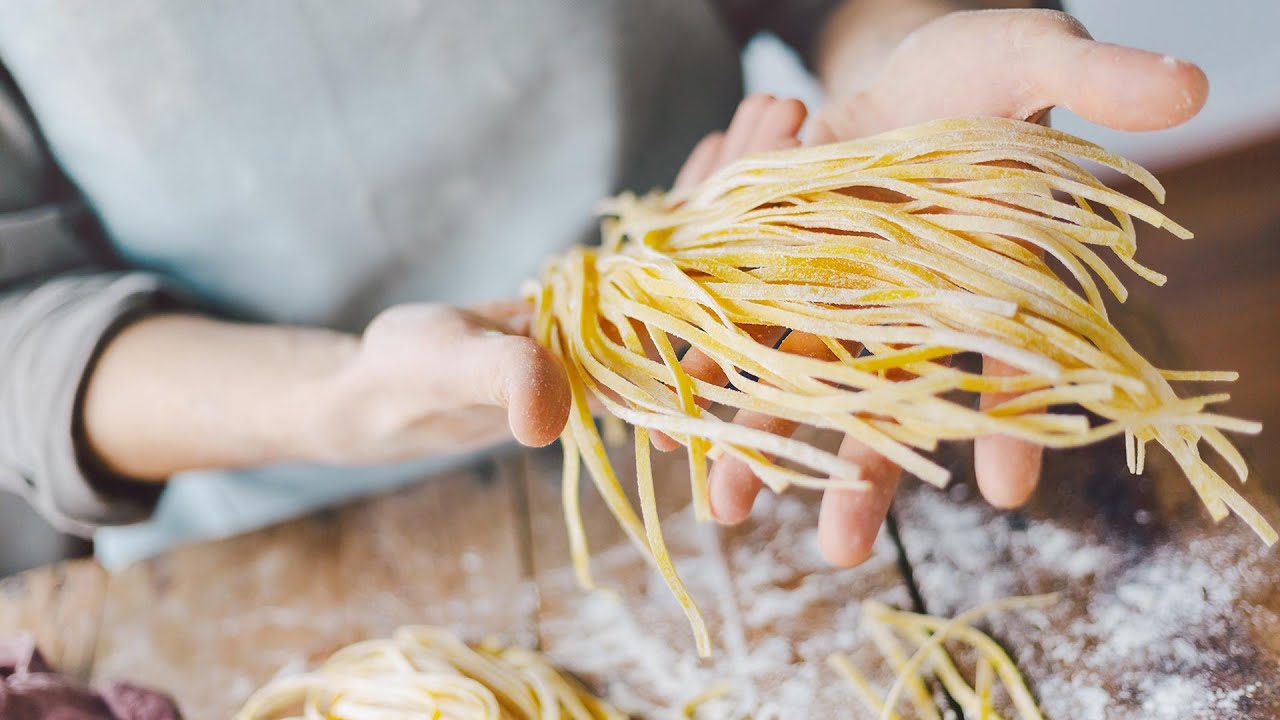

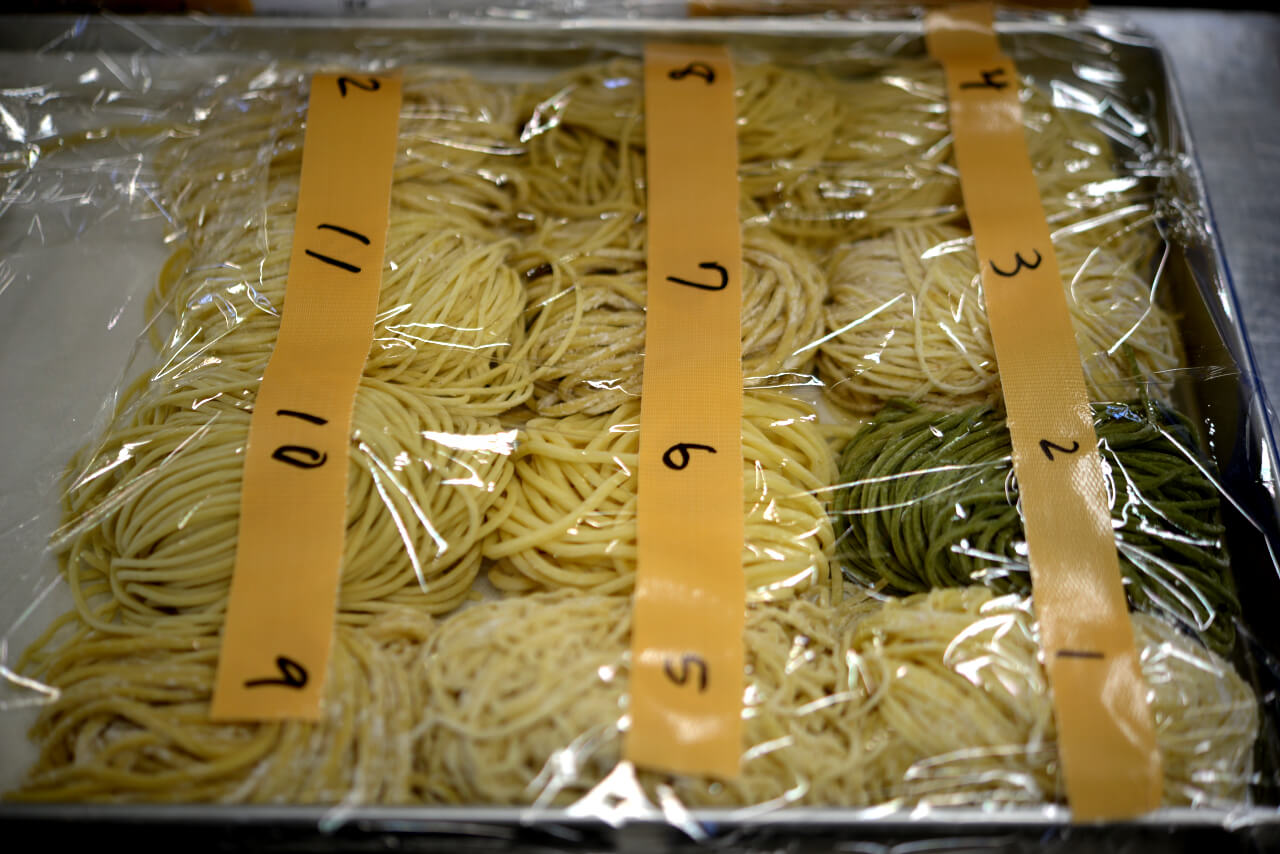
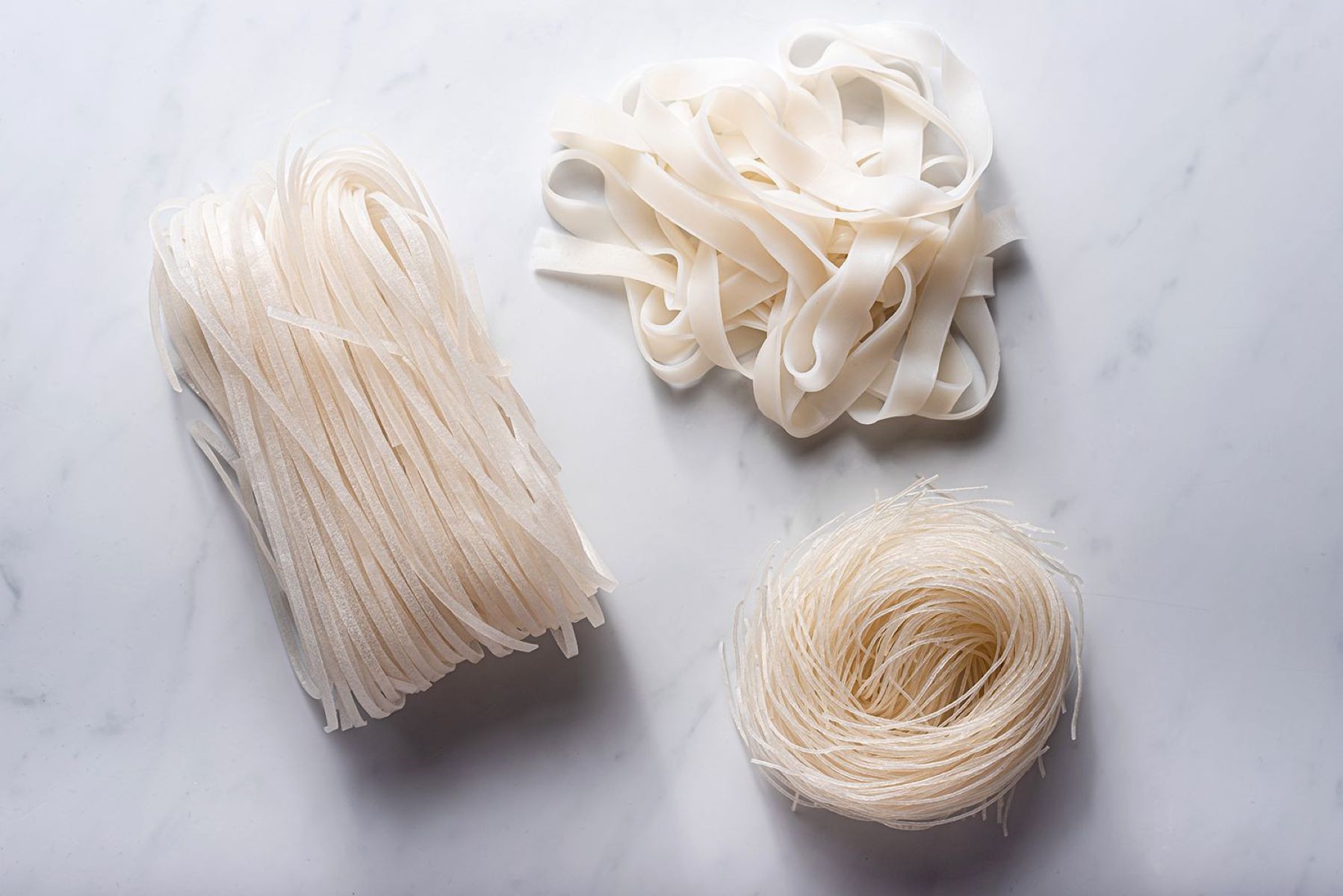
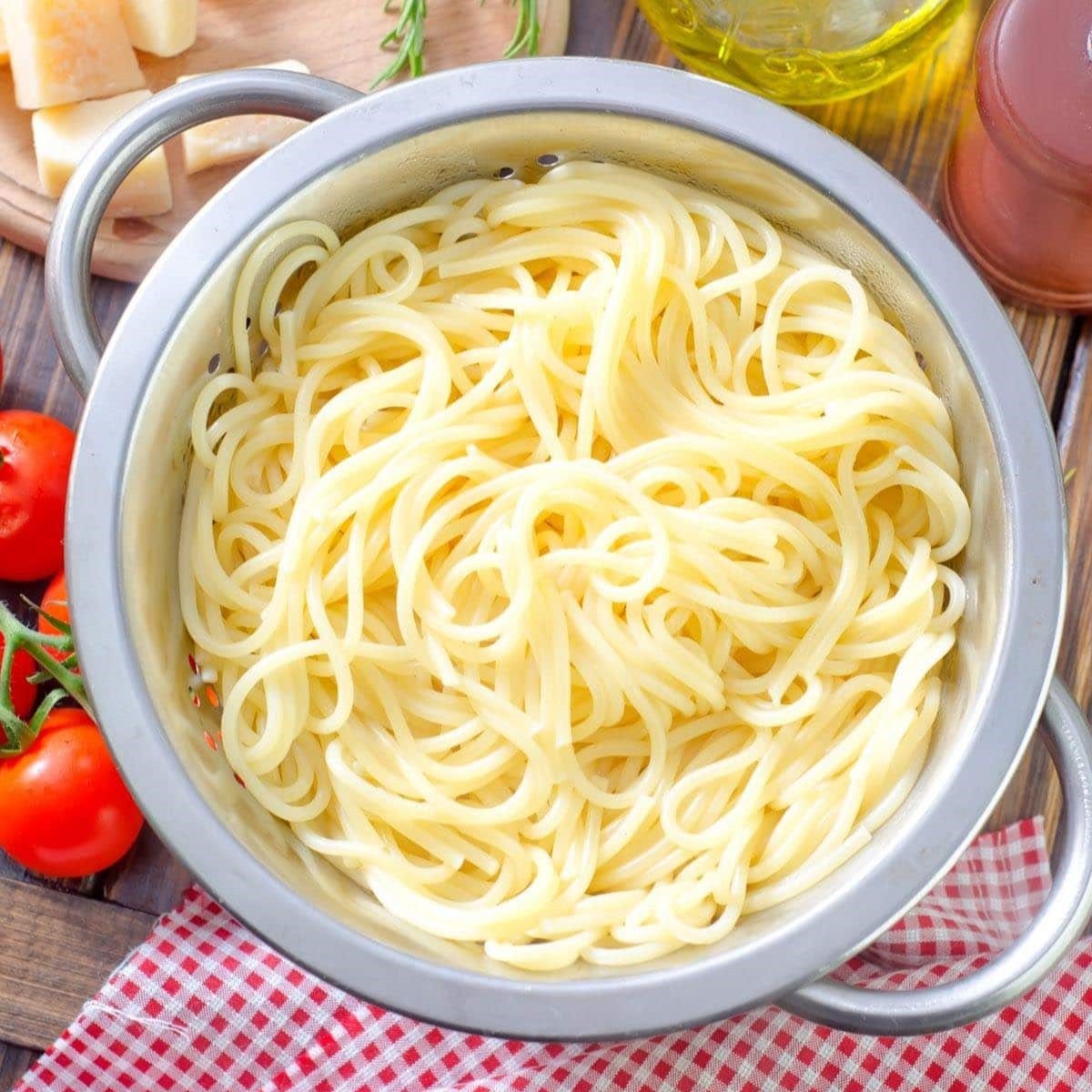
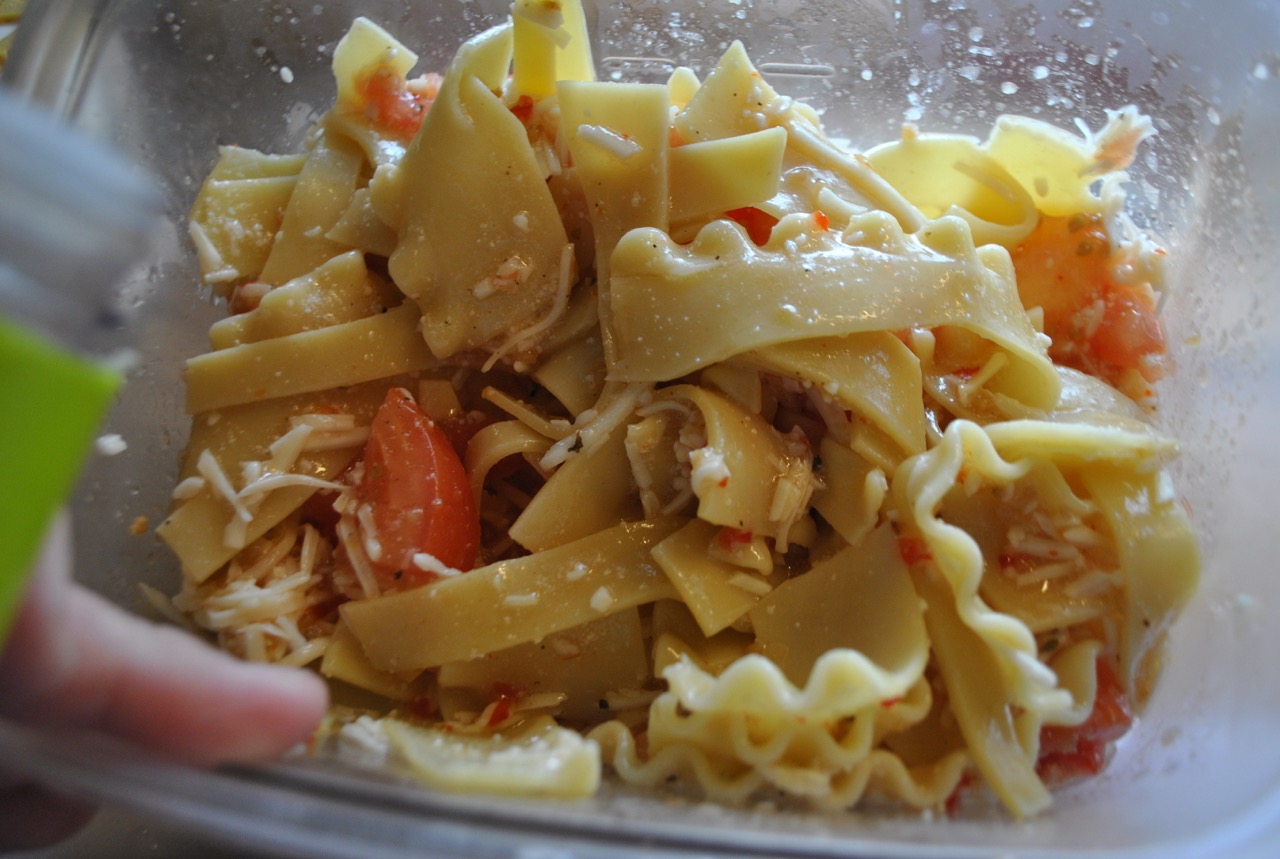
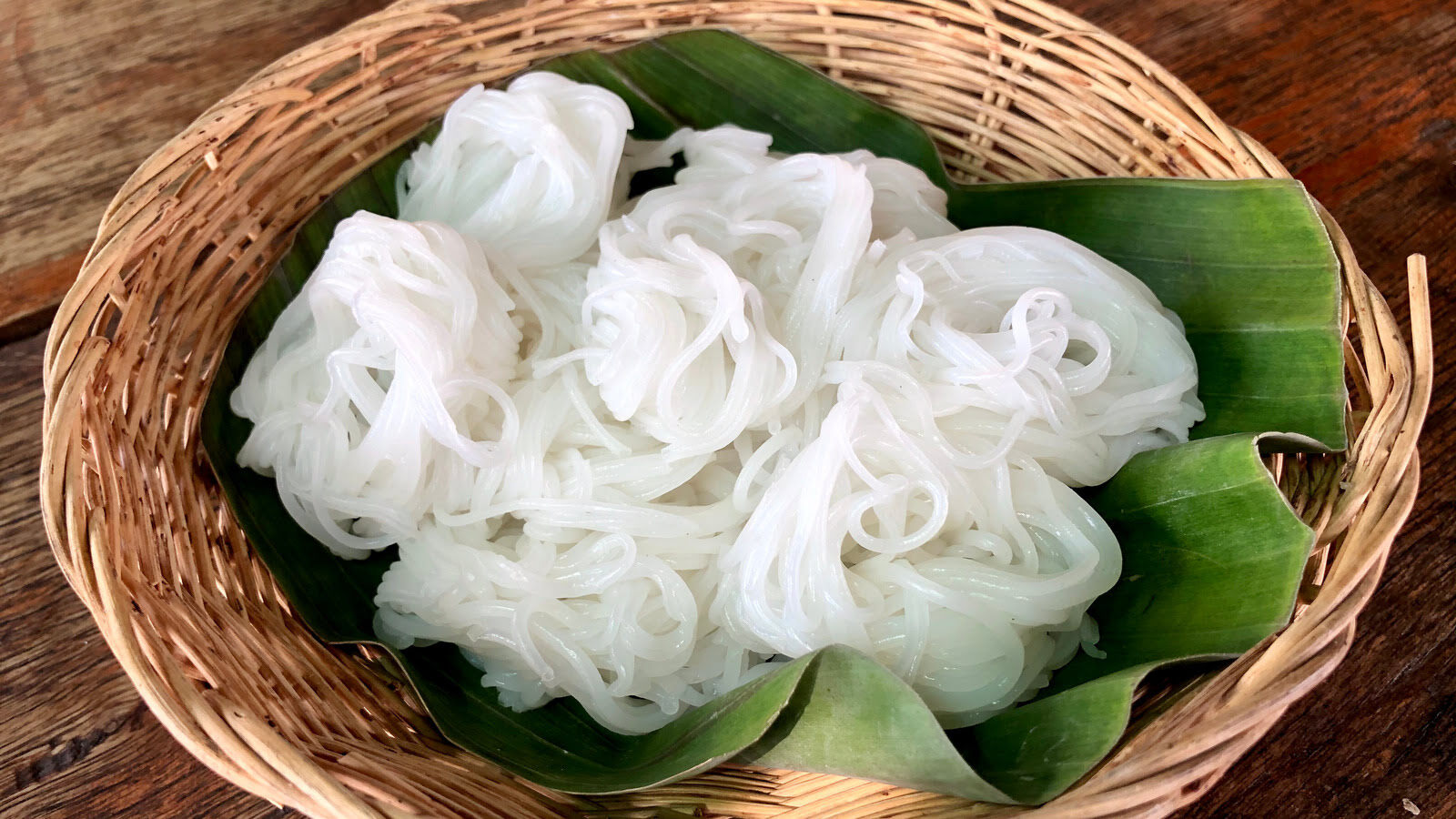
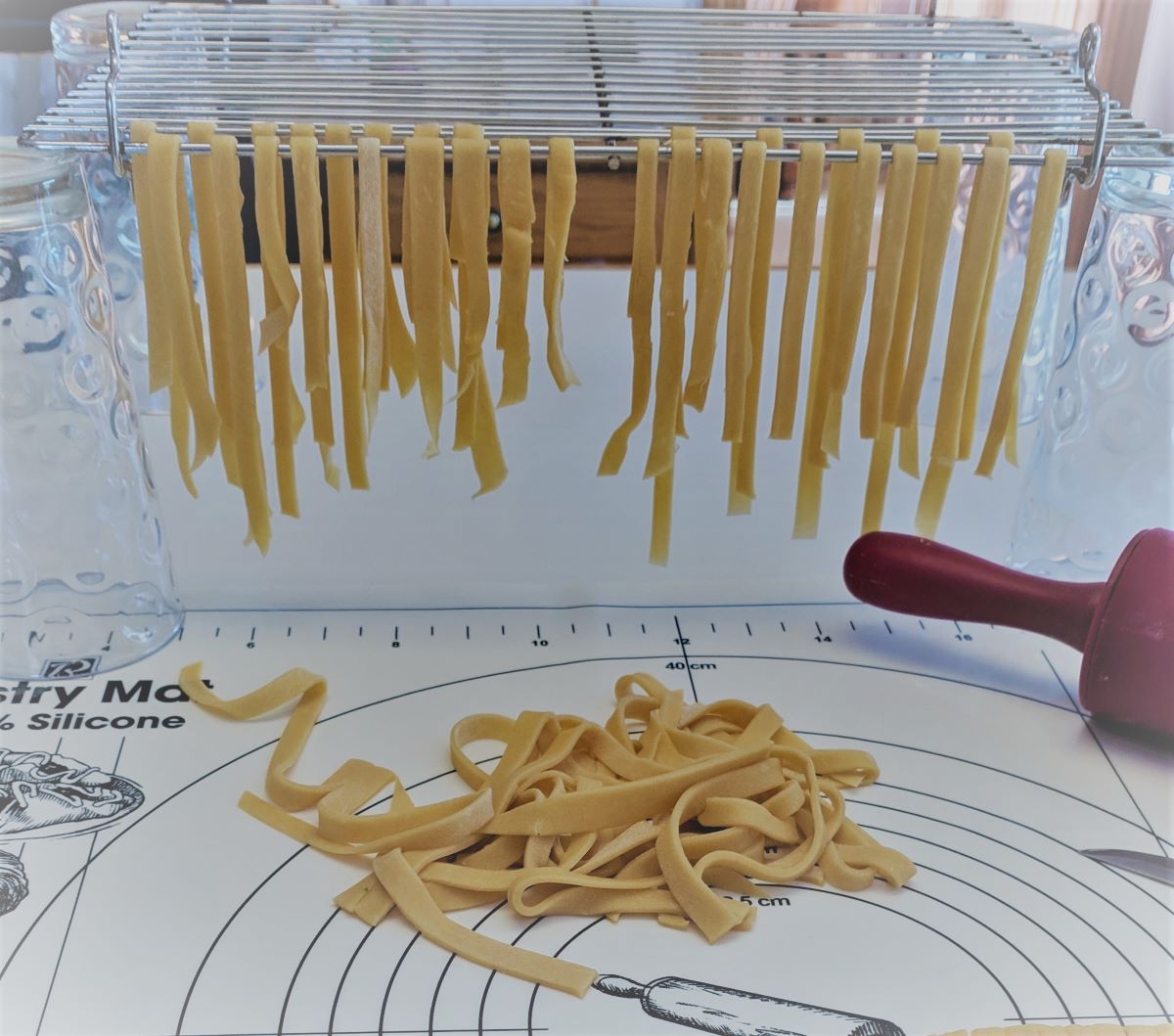
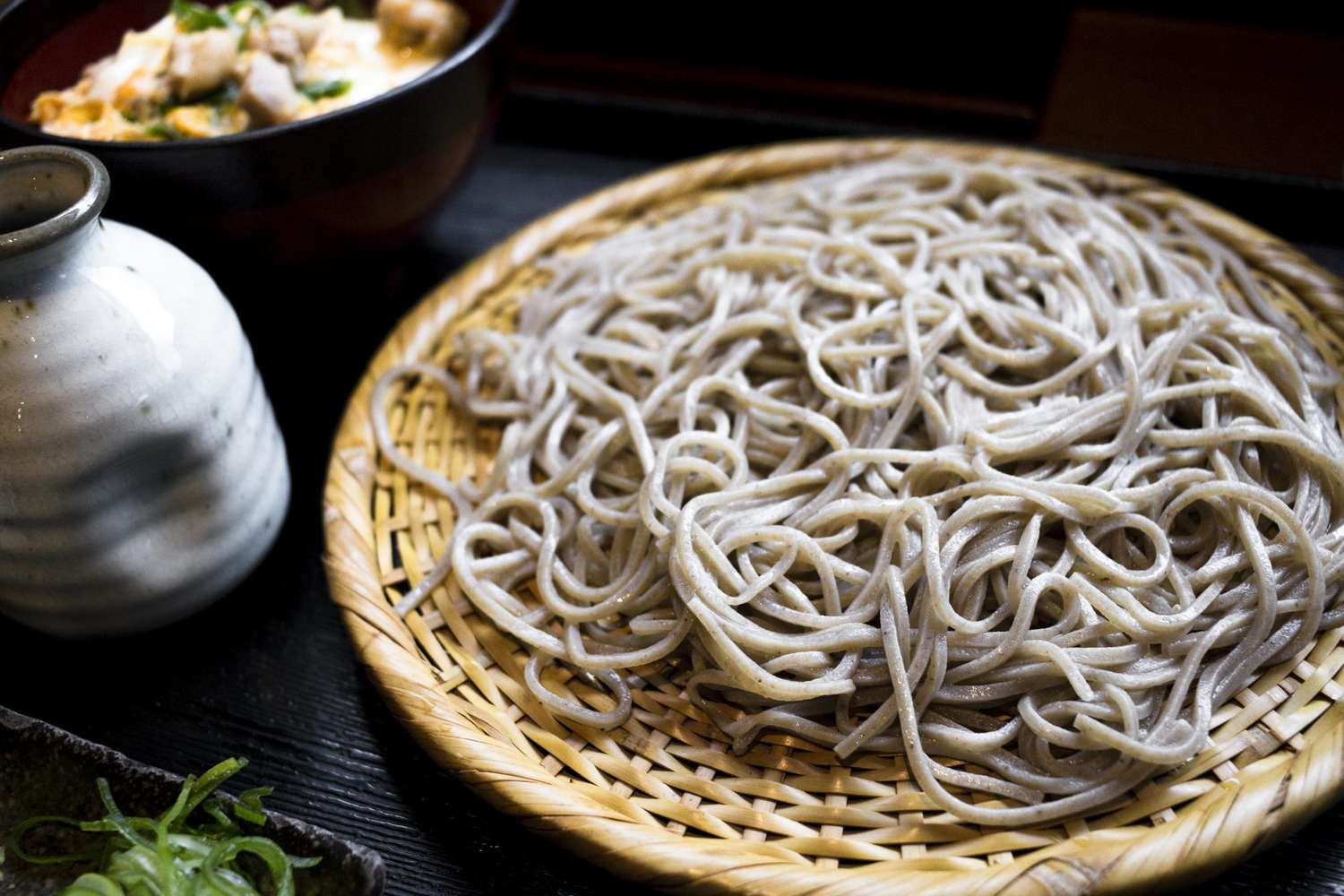

0 thoughts on “How To Store Noodles”